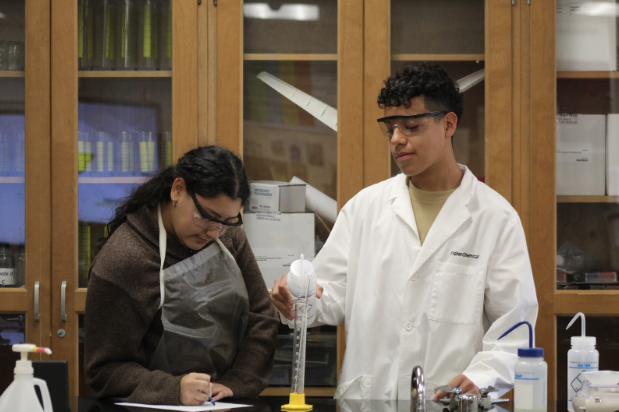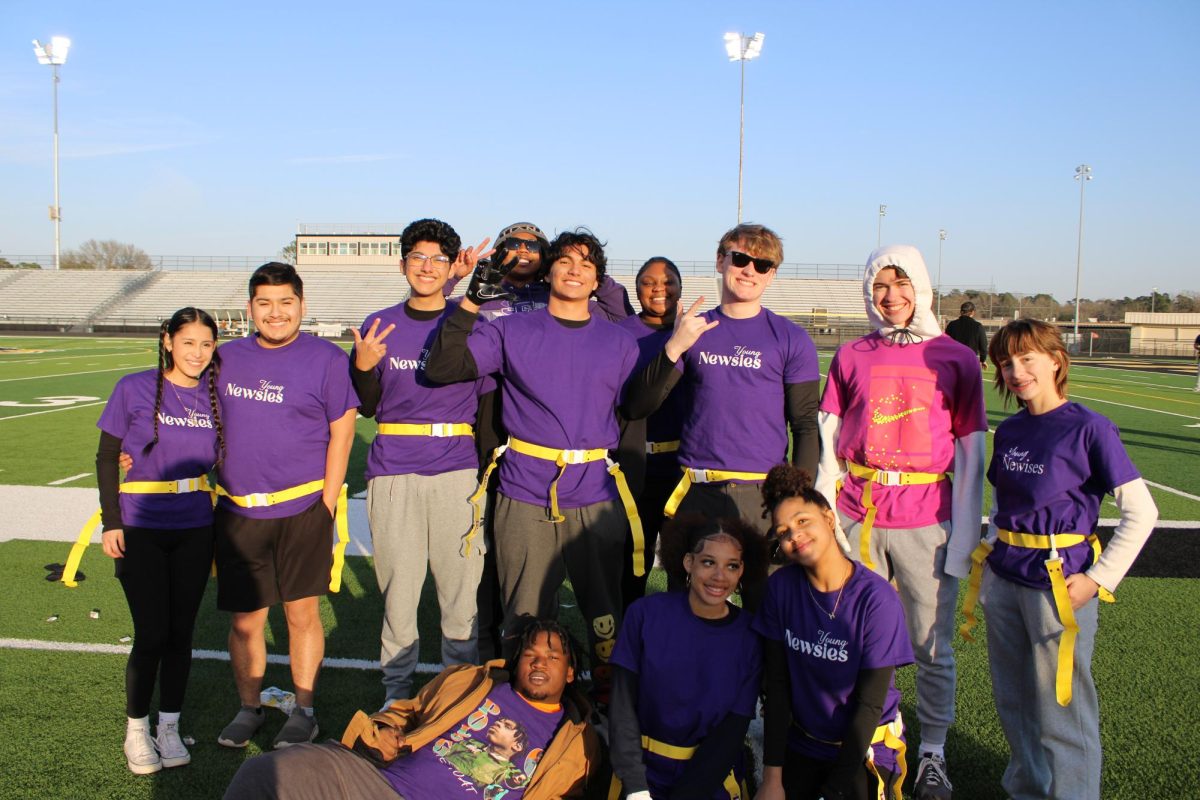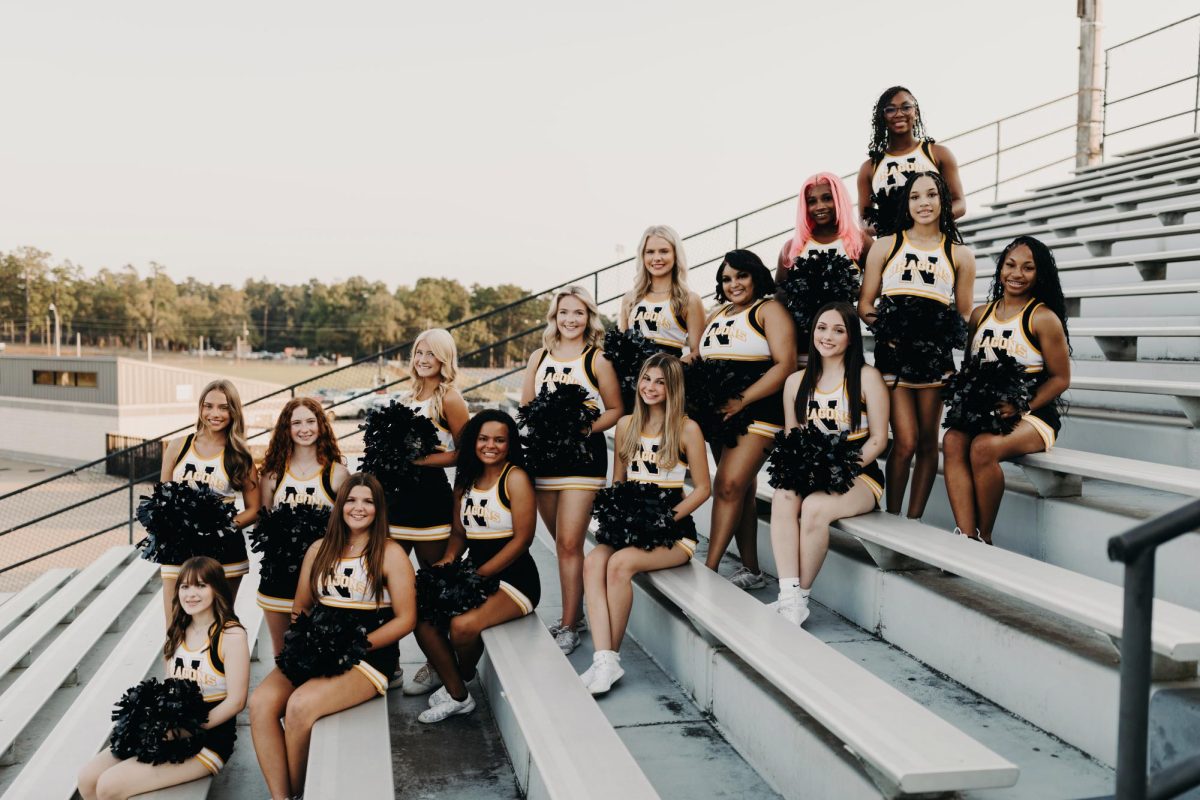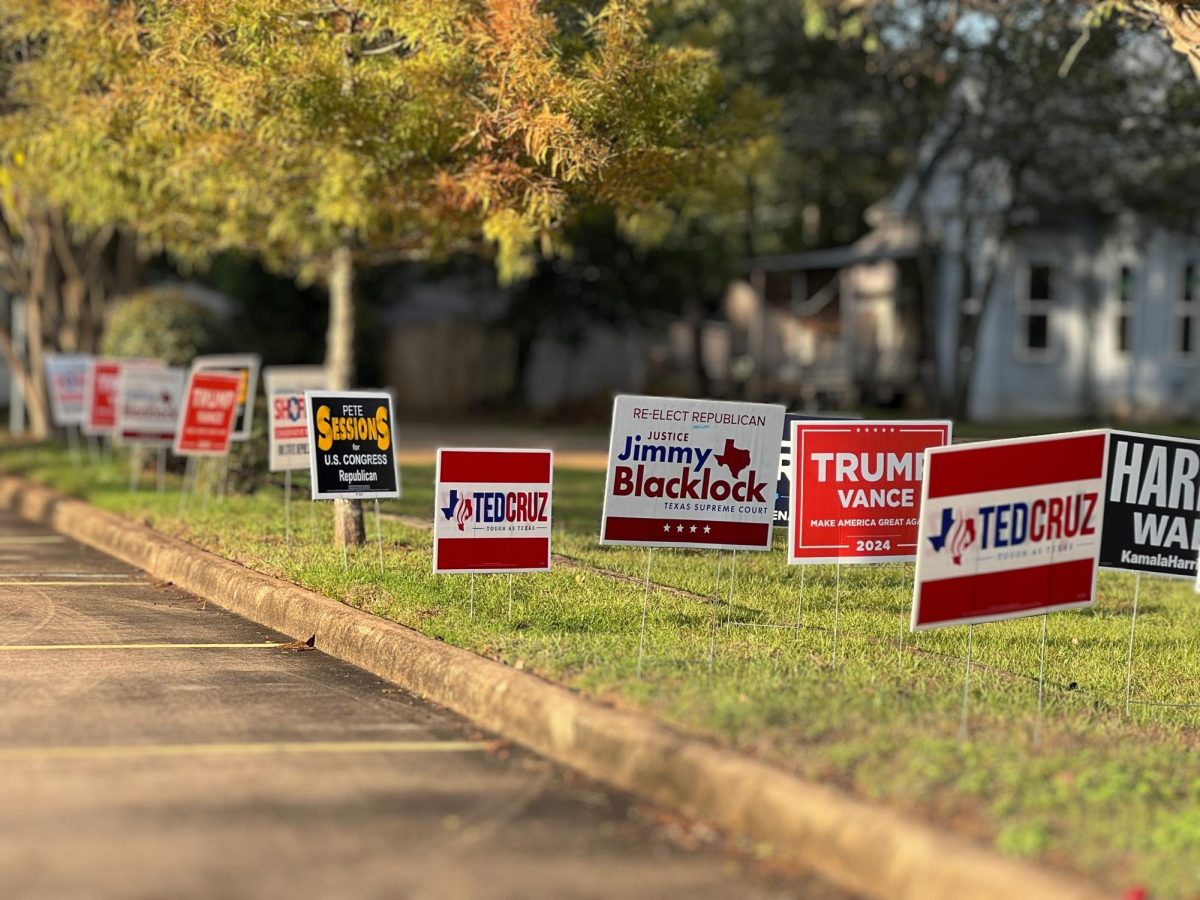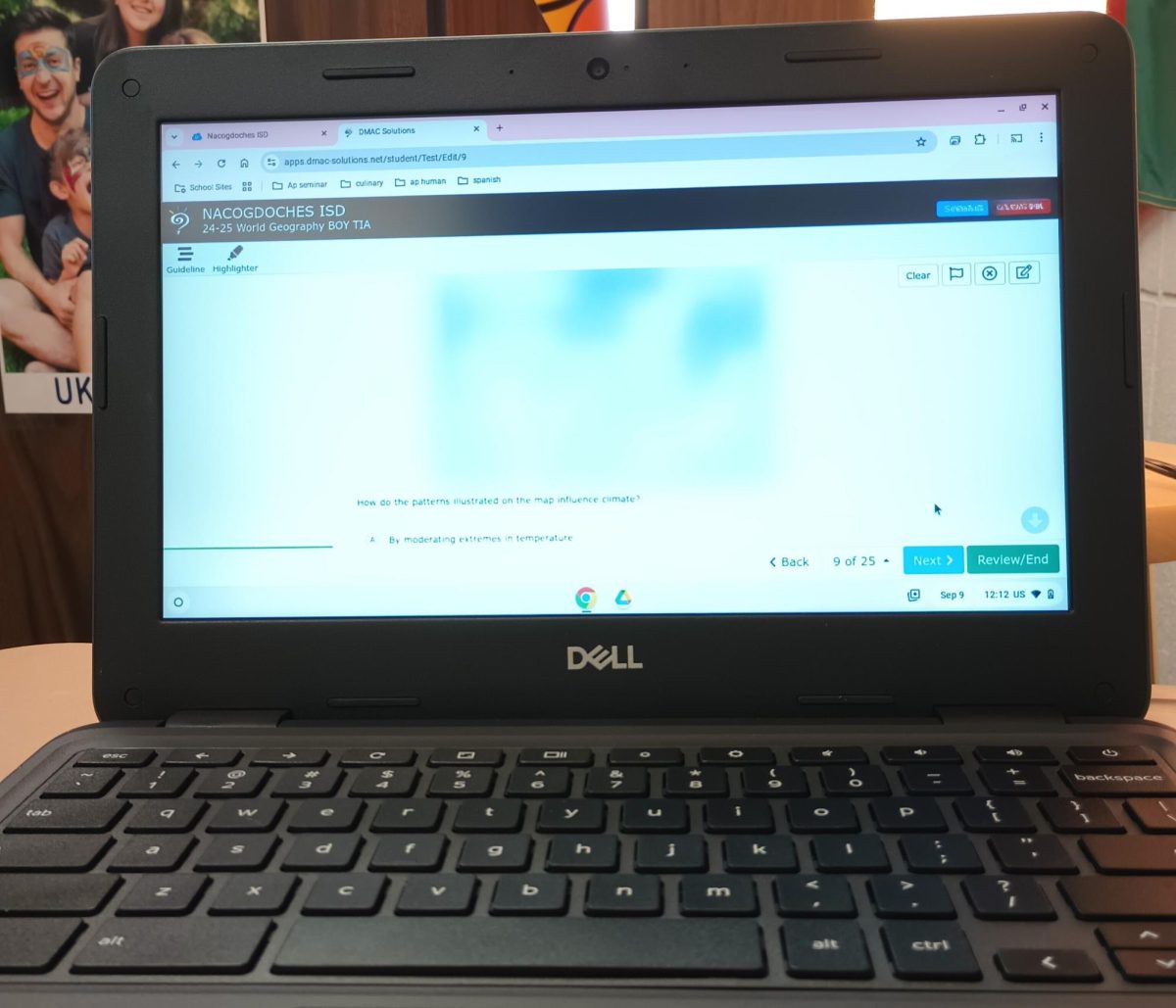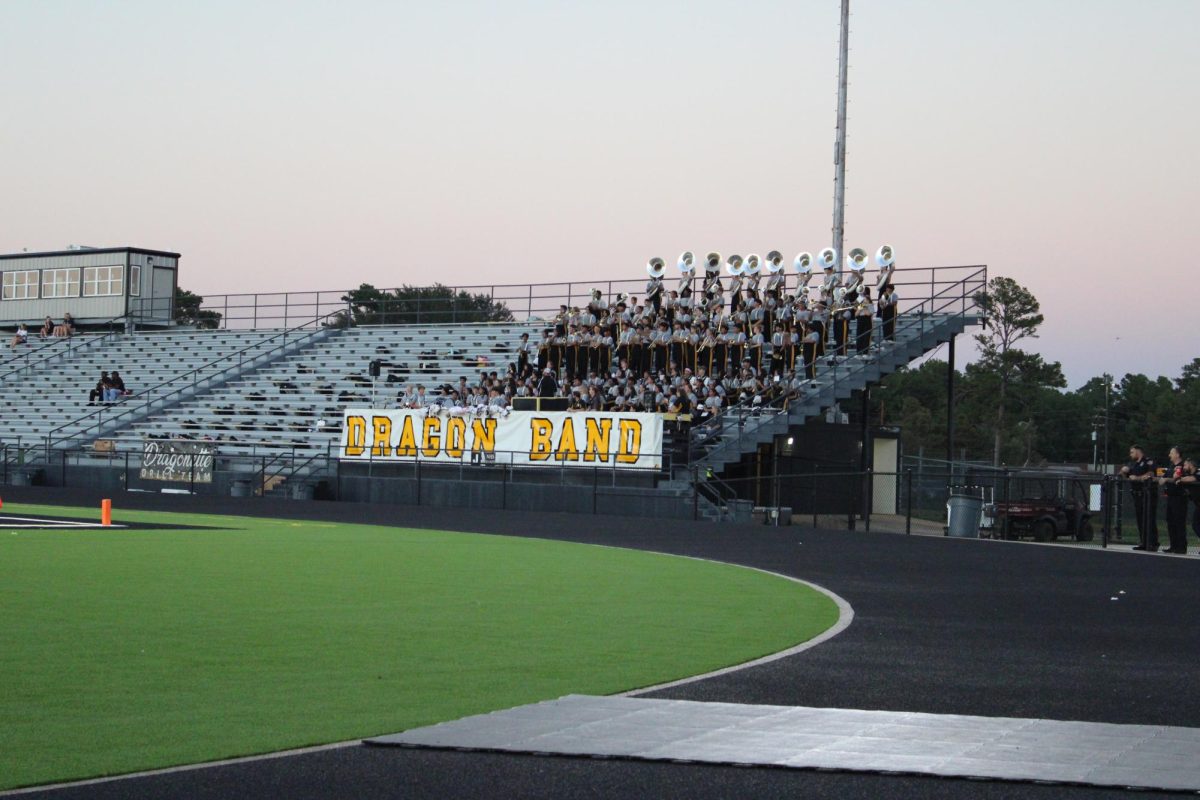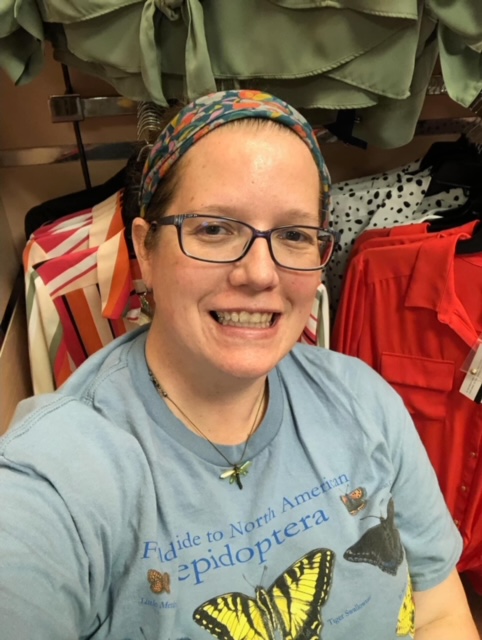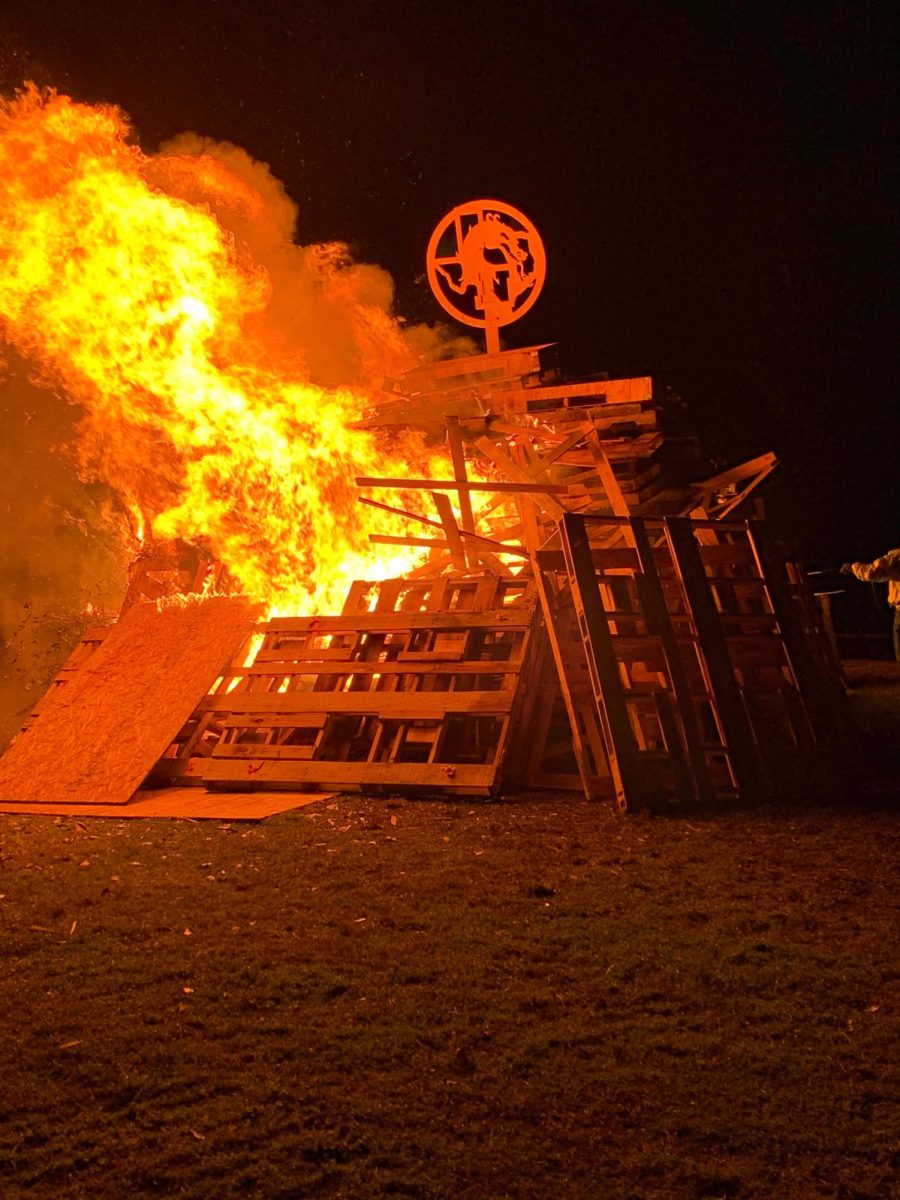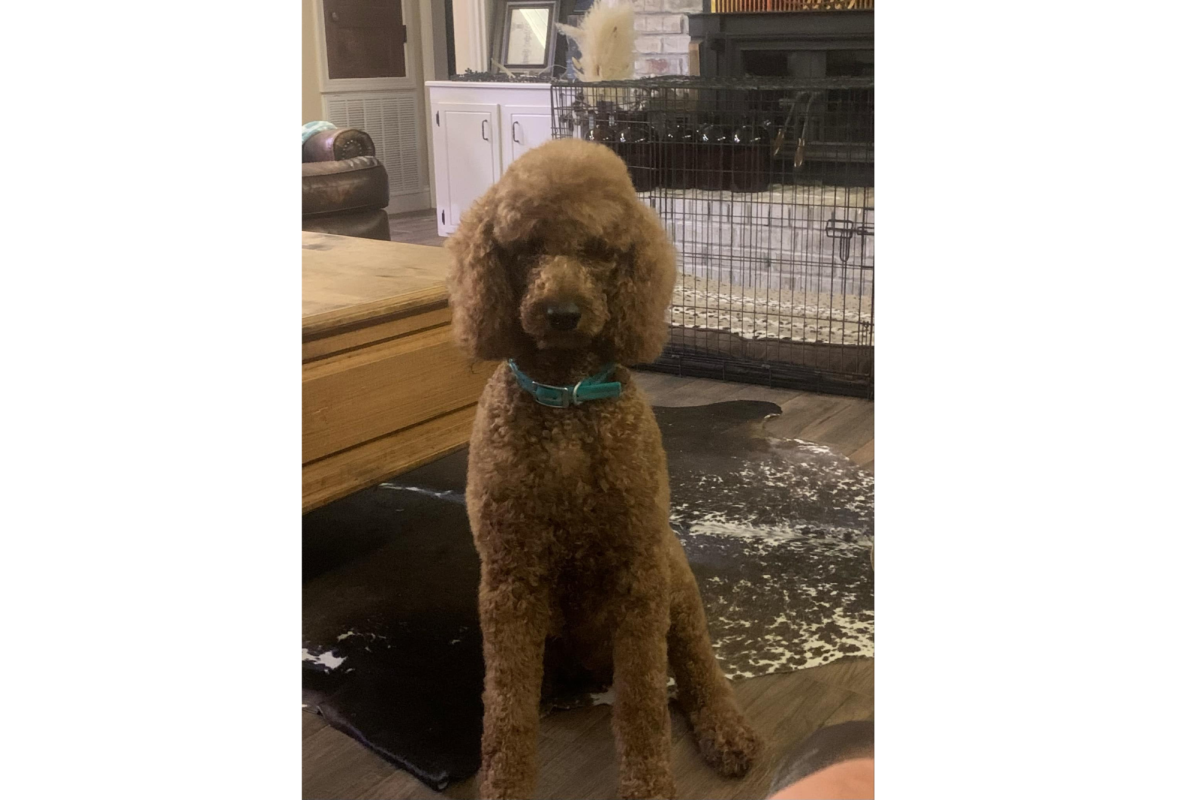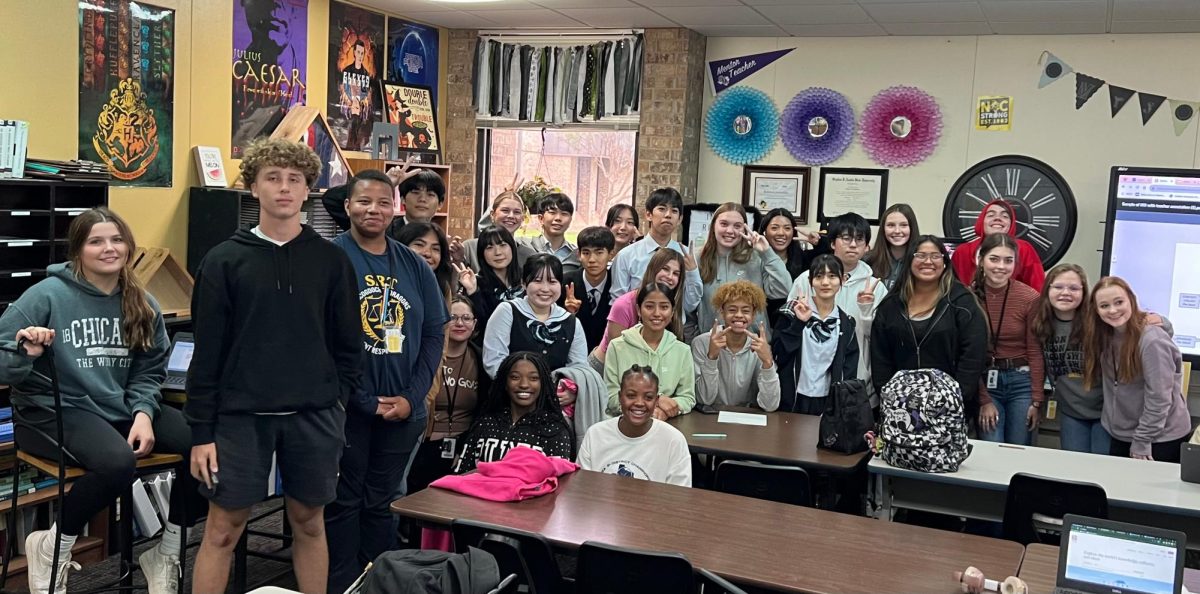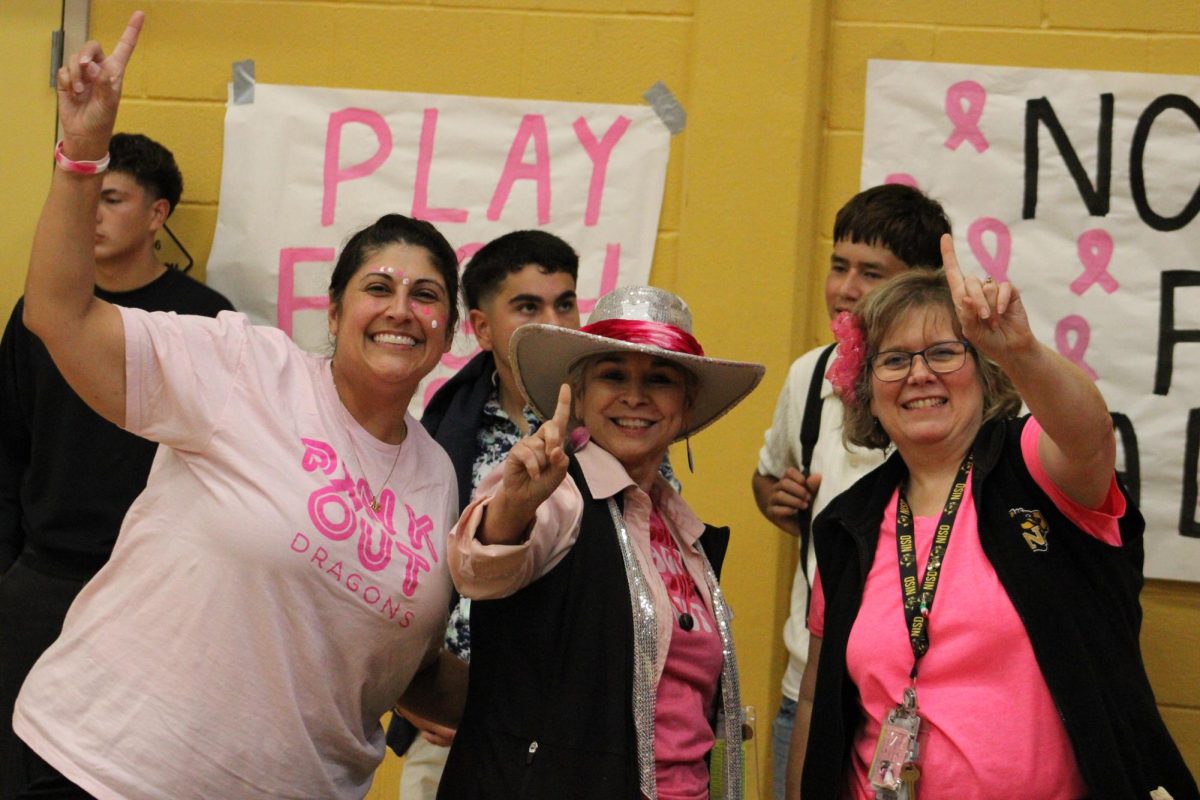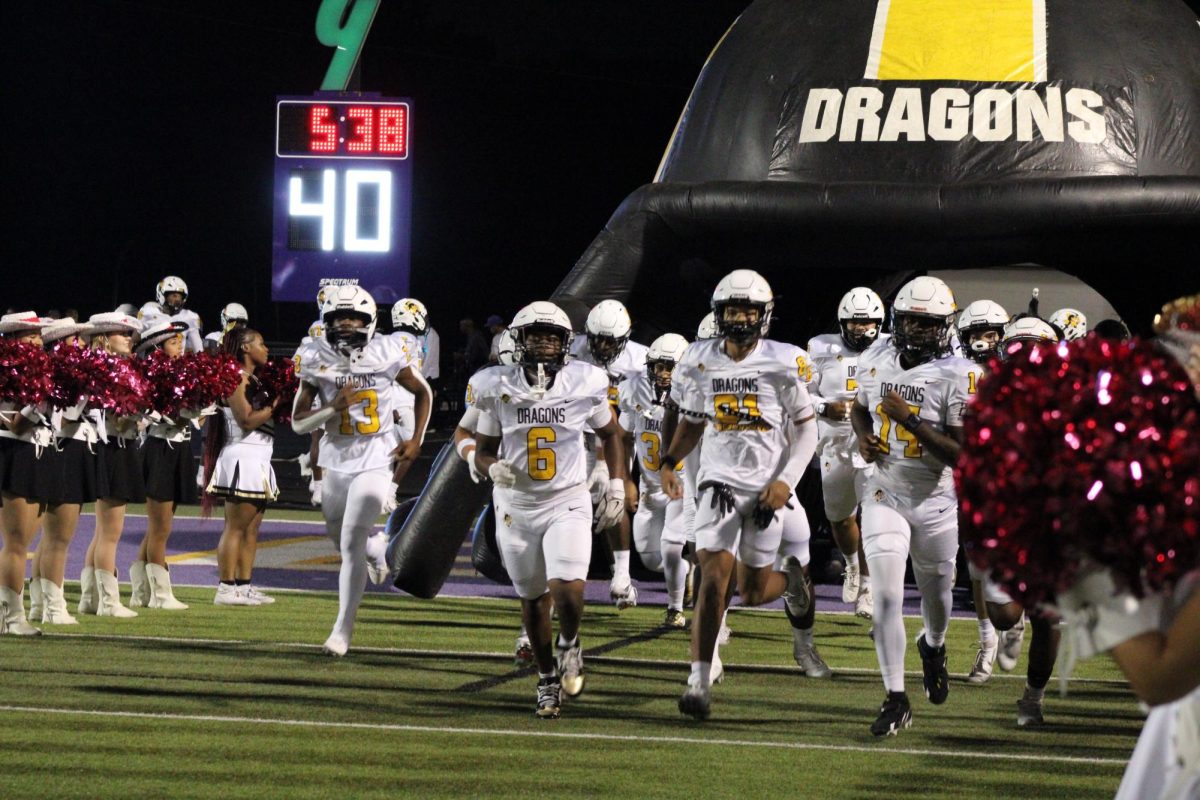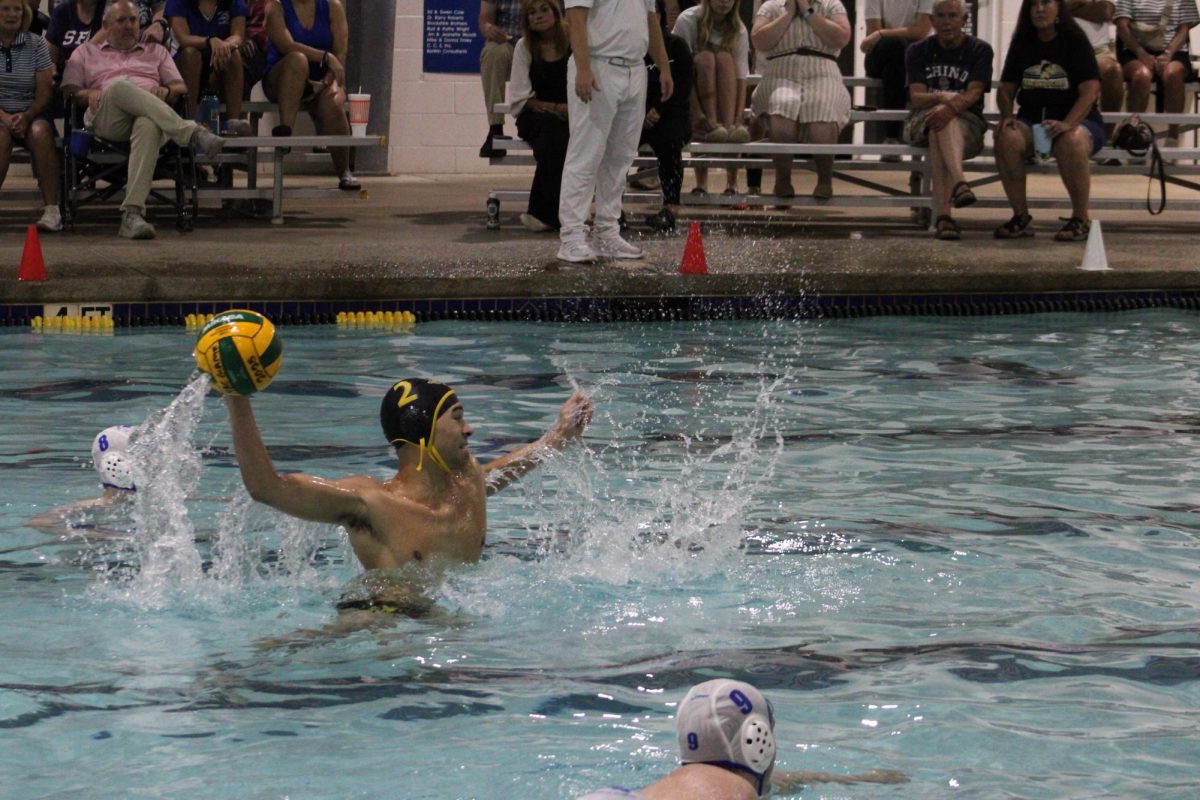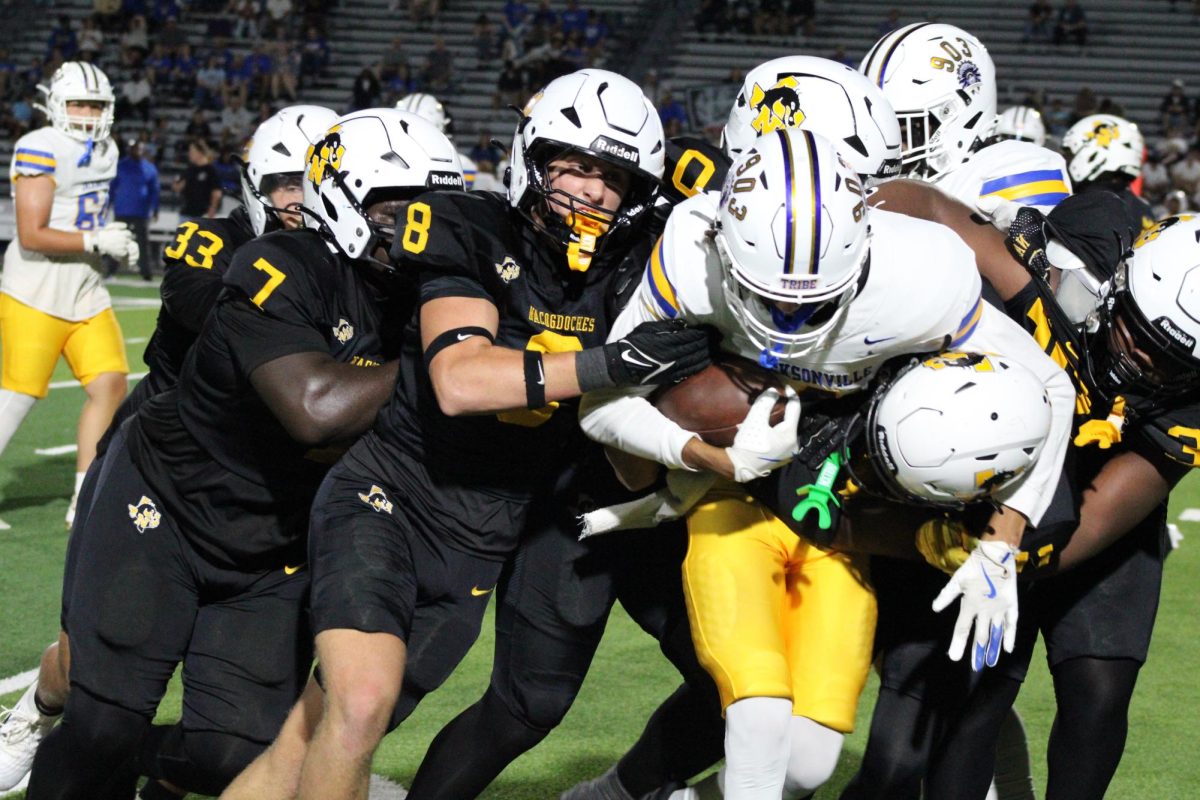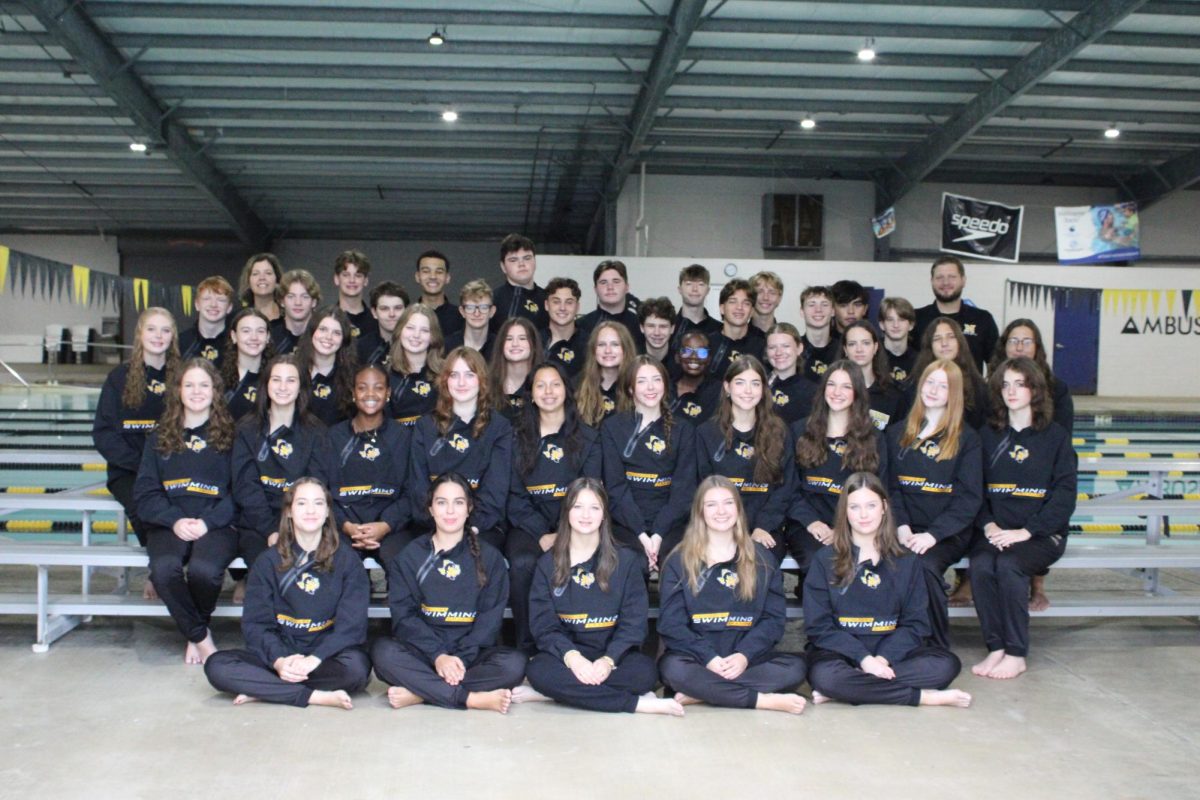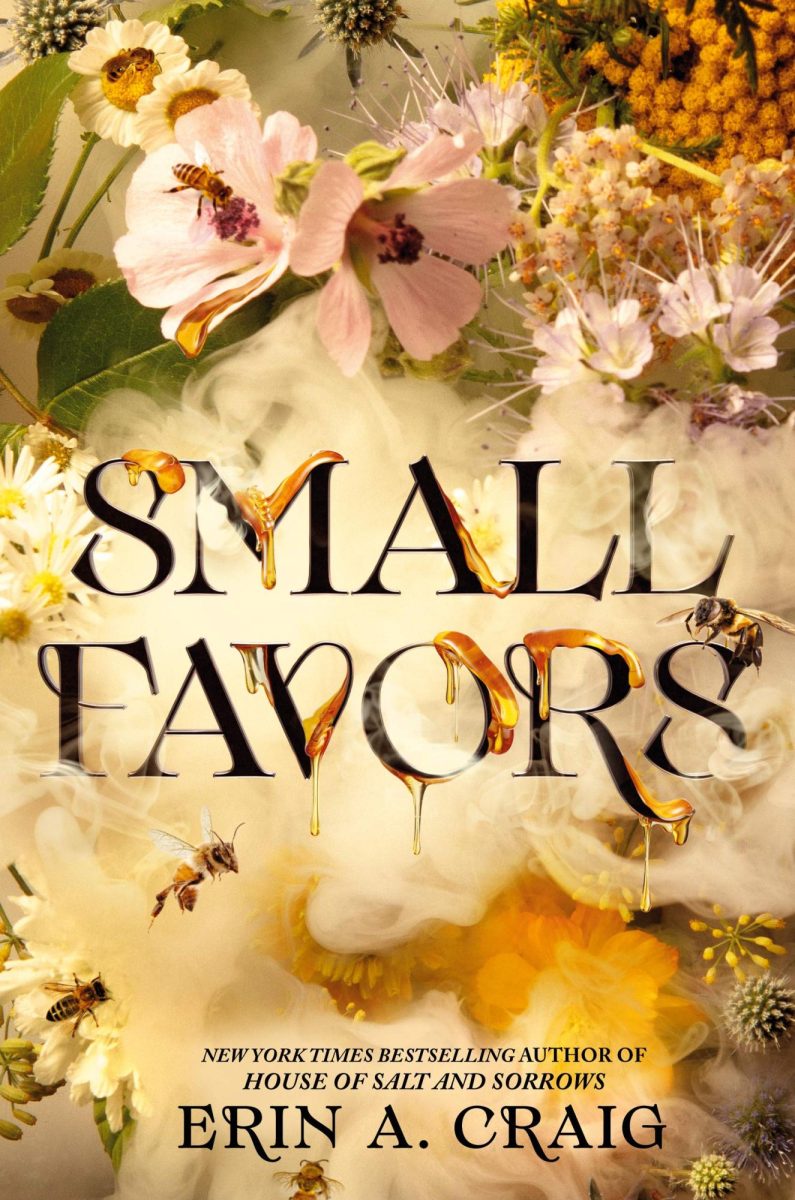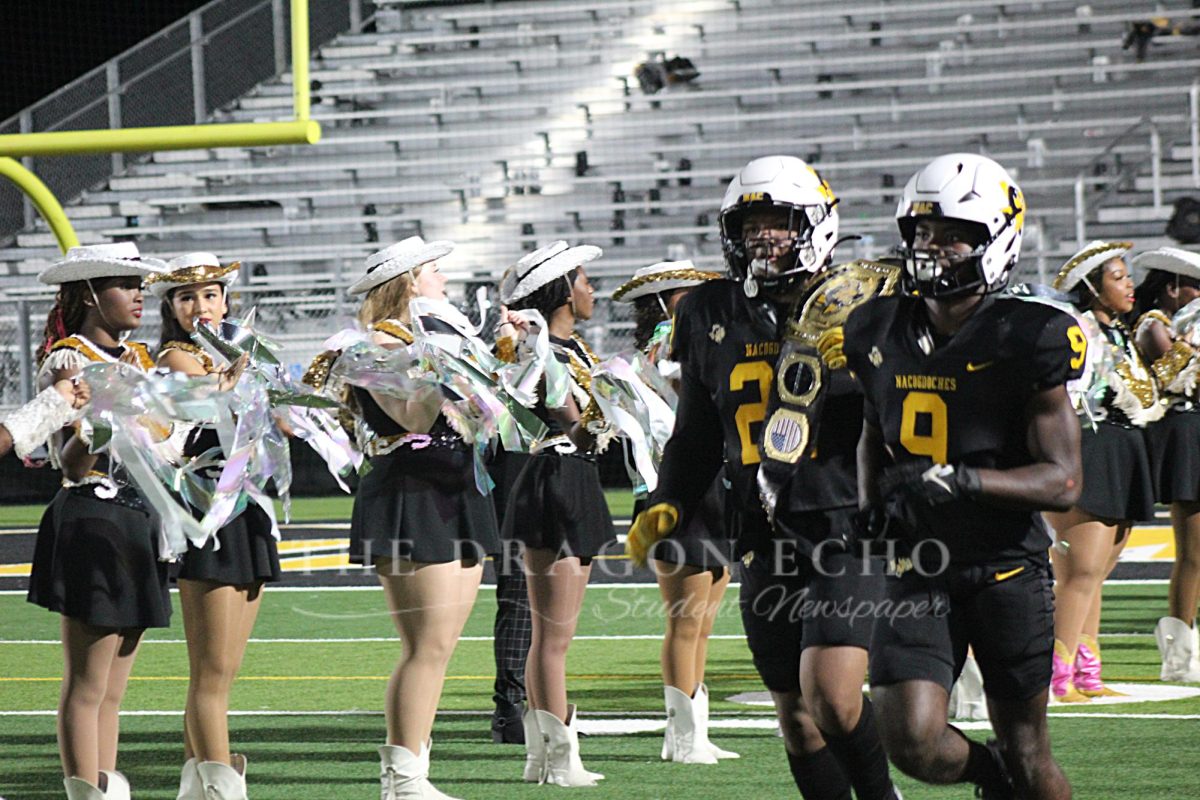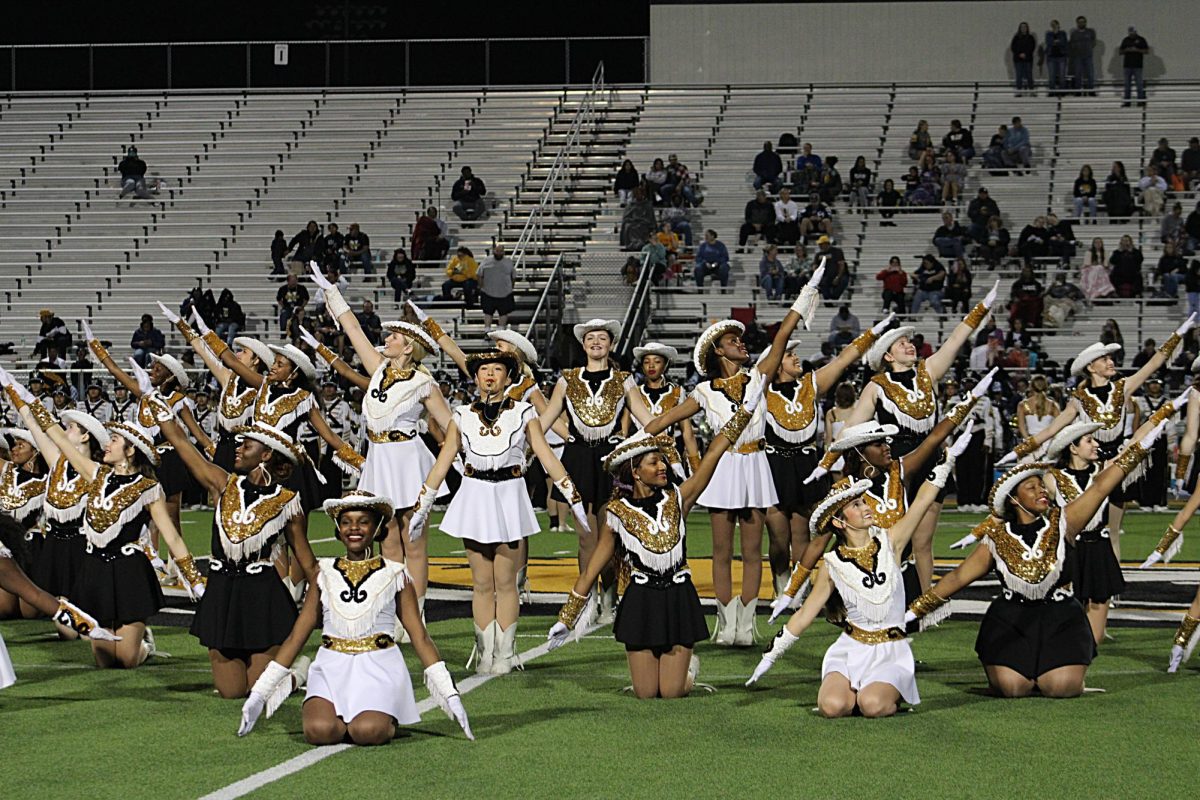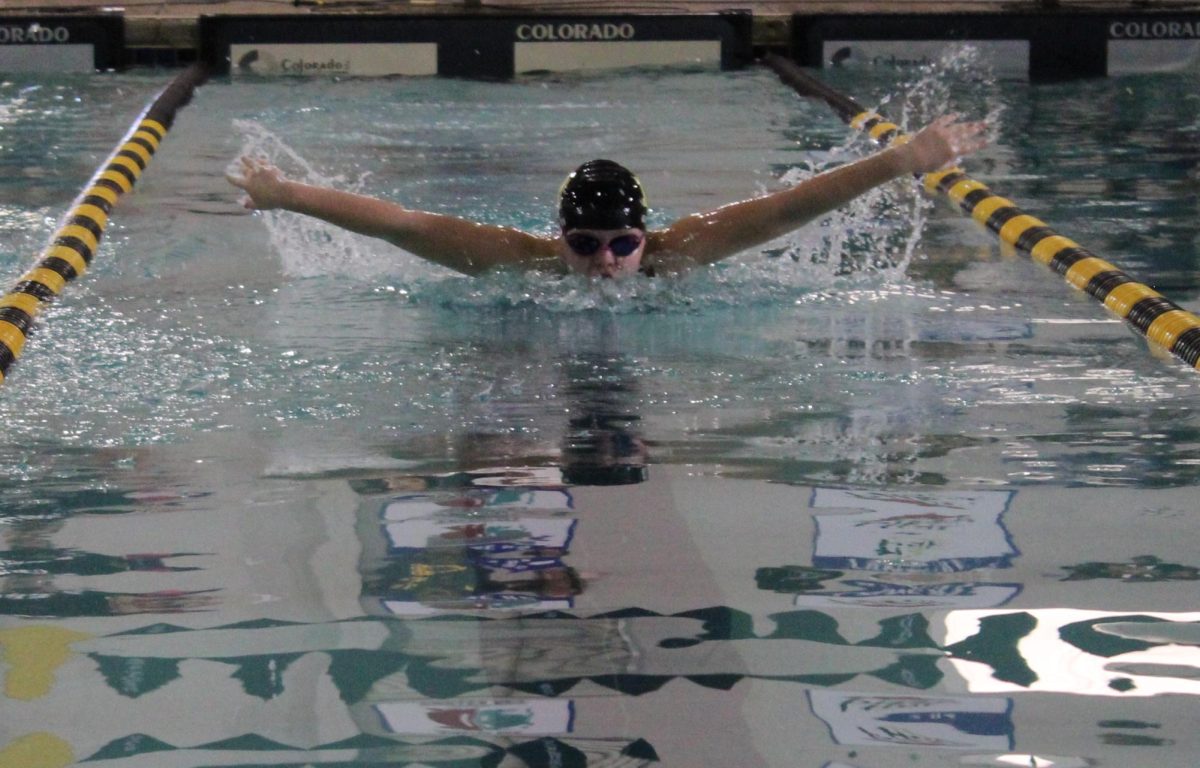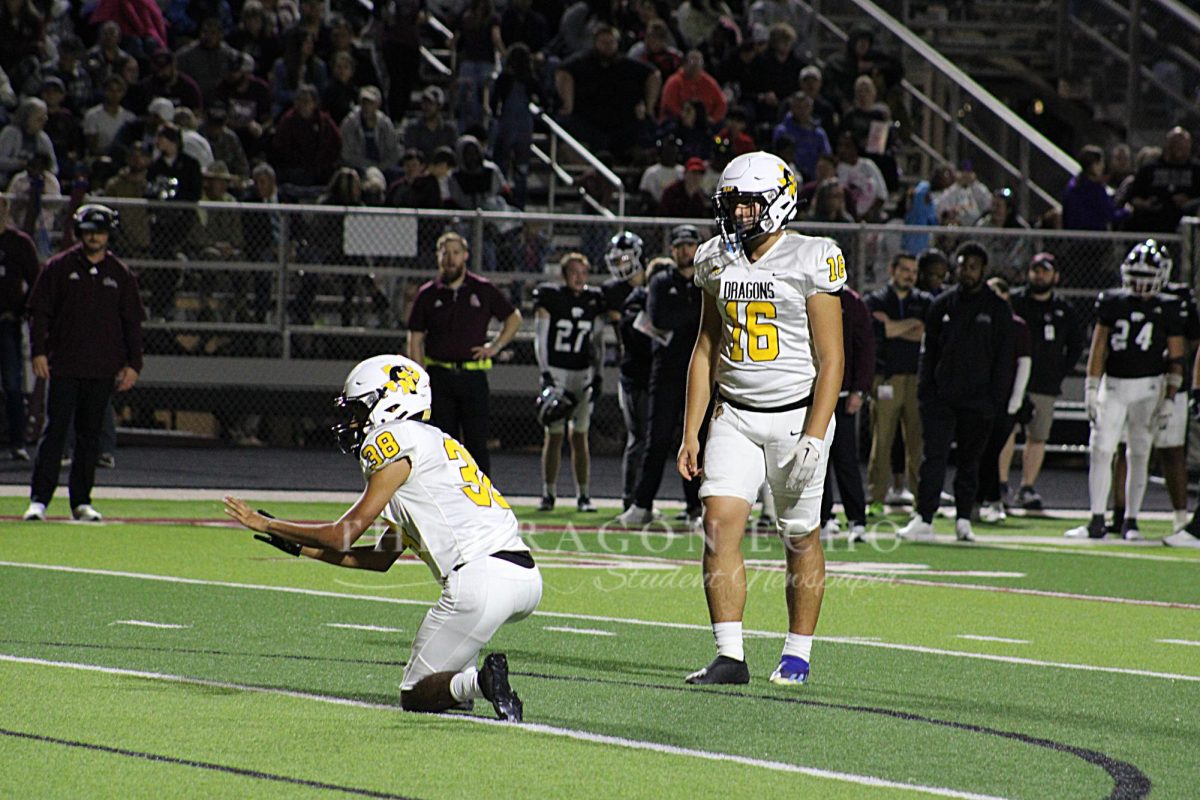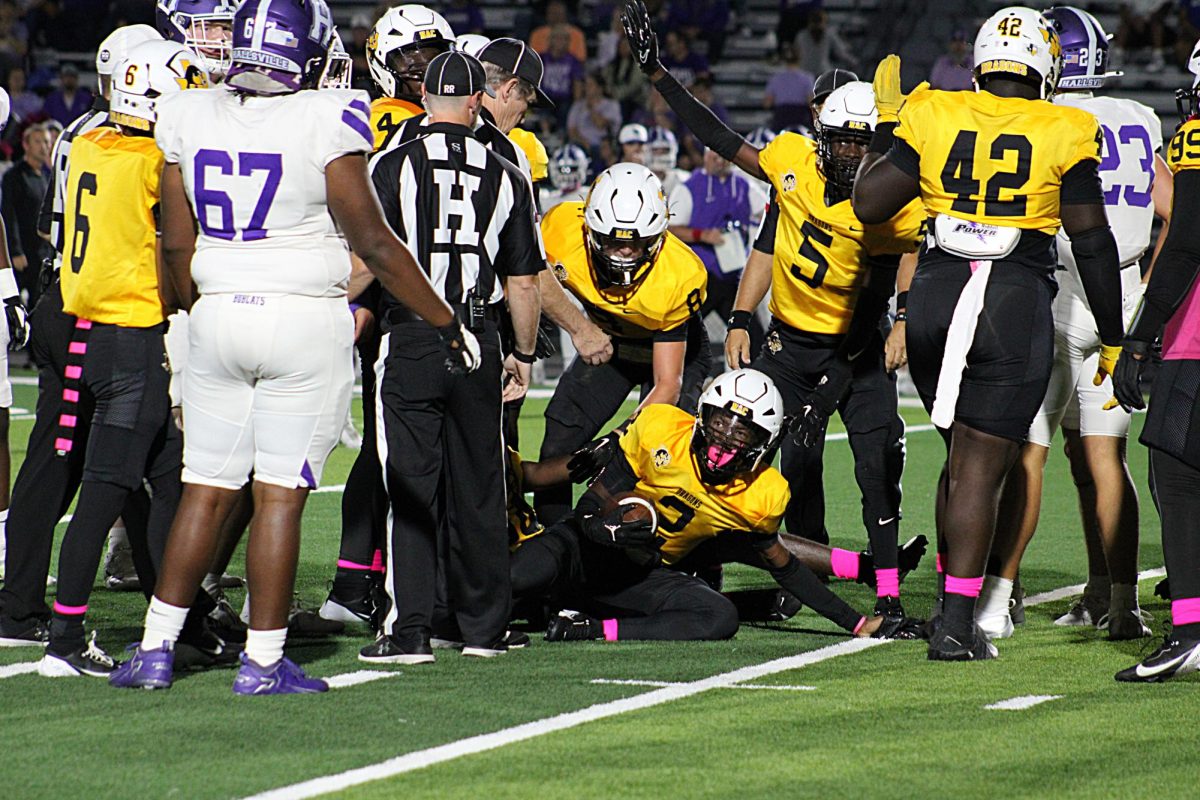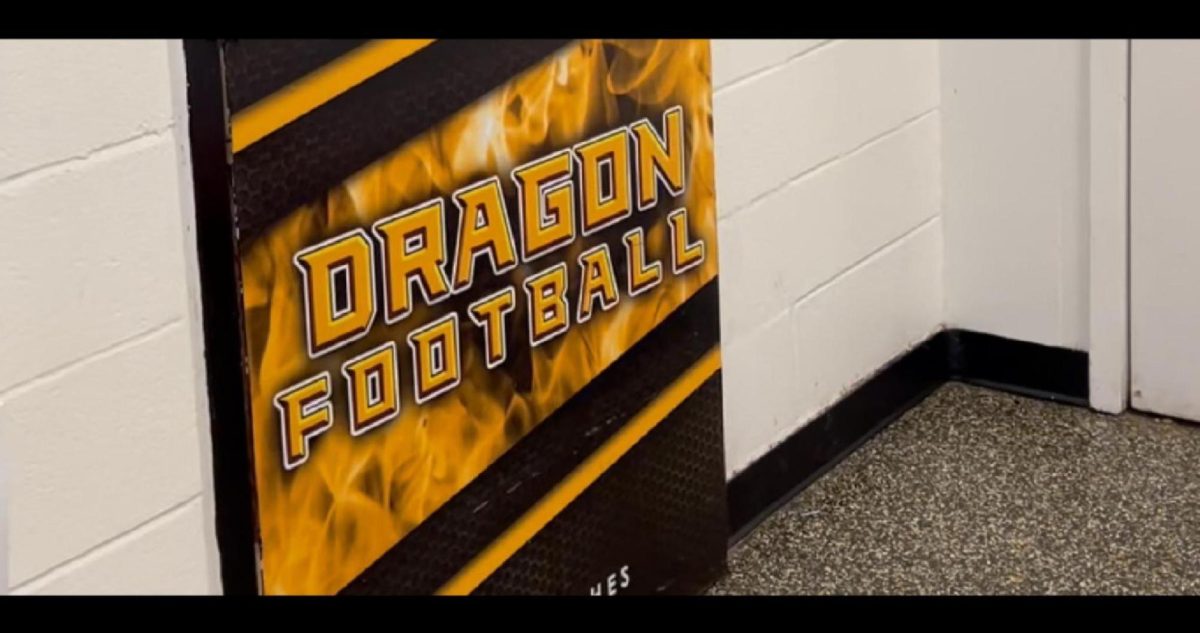Currently, the district’s internet policy restricts high school student internet access the same as elementary students, crippling their ability to research and complete coursework. Teachers often hesitate to assign sophisticated projects requiring access to academic journals, scientific databases, and contemporary news sources, because high school students face the same web restrictions designed for eight-year-olds. This policy forces students and teachers to waste valuable class time seeking workarounds, sending emails requesting access to sites and databases, and ultimately undermining the quality of education our school aims to provide.
The district should establish broader baseline access for all high school students, plus send parents a consent form to allow additional privileges for those in advanced courses who need access to academic sources.
The Children’s Internet Protection Act (CIPA) is a federal act put into effect in 2000 that requires all schools from K-12 to implement internet filters and measures to prevent underage students from viewing inappropriate content in return for receiving federal funding. Although this act is necessary, it only states that a monitoring system has to be in place, not that schools must implement rigid blanket restrictions on sites and other educational sources. To have a site unblocked, teachers have to log into the classroom device monitoring program to temporarily unblock the site. They must then send in a technology request and wait for the site to be unblocked if students need access to the site outside of that class period. This takes large amounts of valuable instructional time.
High school students are often given assignments that require them to utilize technology. Two seniors this year sent emails to their SFA professors for their STEM projects. However, the professor’s email was outside the NISD domain, and the student emails did not go through. Not being able to connect with their professors was an unnecessary obstacle presented because of the school’s excessive restrictions placed on the school-issued Chromebooks and student accounts, and it ultimately affected the outcome of those projects.
This is not the only occurrence when specific educational websites have been blocked, hindering students’ ability to do their schoolwork properly. Many students participate in UIL academic competitions, and there have been multiple instances where students have reported that UIL resources are blocked. Without access to the necessary sites, our students are at a disadvantage during competition. In addition, the College Board website and resources have often been blocked, as well as scholarly databases such as EBSCO, JSTOR, and TexQuest, resources that the district pays for access to. Without access to these resources,
students cannot perform as well as they might, and may even miss an opportunity to earn college credits.
Our school understandably wants to protect students from harmful content. However, their current approach is too rigid. The district should allow high school students broader access to the internet with a tiered system where parents can opt-in to give their high school students even more access to academic resources. Through consent forms, parents would acknowledge that students are responsible for their online activity while gaining access to vital educational tools. This balanced approach maintains safety protocols while ensuring students, especially those in advanced courses, can access the legitimate academic sources their studies require. The disciplinary measures already in place will continue to provide consequences for any students who break the responsible use rules.
By implementing a tiered access system with parental consent, the district can maintain its commitment to student safety while giving high schoolers, particularly those in advanced courses, the necessary research tools. Students deserve an internet policy that prepares them for college-level work rather than holding them back with elementary school restrictions.
